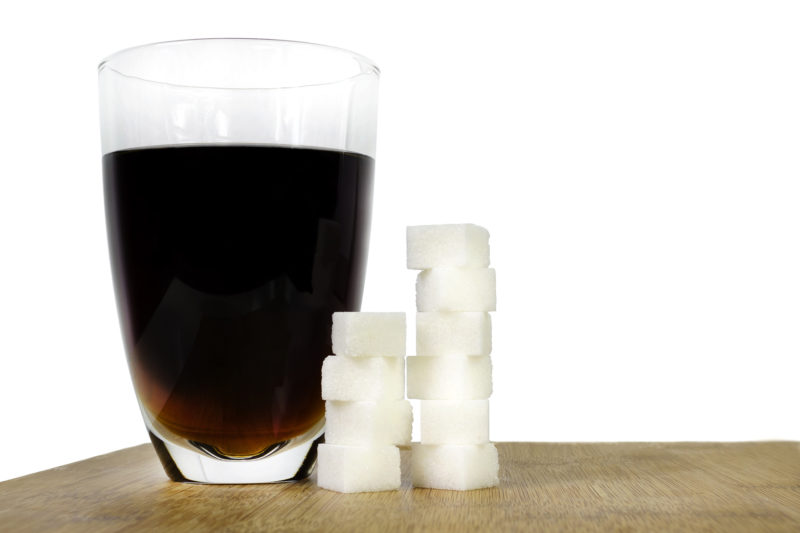
Share On Social!
Sodas, although not as popular in the United States as before are still consumed daily at high levels in many communities, especially in minority communities.
In fact, studies show Latino teens kids have increased their consumption of sugary drinks such as soft drinks, sports drinks, fruit-flavored drinks and flavored milk between 1991 and 2008.
Unfortunately, regular consumers of sugary beverages have a 26% higher risk of type 2 diabetes and now a current study from Tufts University reveals that consumers who drink around six 12-ounces of sugar-sweetened beverages a week have a 46% increased risk of developing pre-diabetes, not including other factors.
The information for the Tufts study looked at over 14 years of data of nearly 1,600 middle-aged adults and was obtained from the Framing Heart Study. Participants being studied did not have pre-diabetes or diabetes when entering the study, but reports still indicated a 27% risk was associated with consumption of sugary drinks when other factors such as age, sex and body mass index were controlled.
Another recent study shows that those who sleep less, drink more sugary beverages. Researchers from the University of California, San Francisco analyzed data from nearly 19,000 American adults and found that adults who regularly slept five or fewer hours a night drank 21% more energy drinks and soda than those who slept seven to eight hours a night.
Experts caution that children and teens who consume sugary beverages or are unhealthy weights can also face heart disease, high blood pressure, sleep apnea, cancer, and asthma. On a psychological level, overweight children can be bullied and have low self-esteem.
All children deserve a healthy mind and body as well as a healthy future.
To learn how you can help reduce sugary beverages, read about how some heroes are making healthy changes to reduce sugary beverages in their communities, schools and more!
By The Numbers
1
Supermarket
for every Latino neighborhood, compared to 3 for every non-Latino neighborhood



